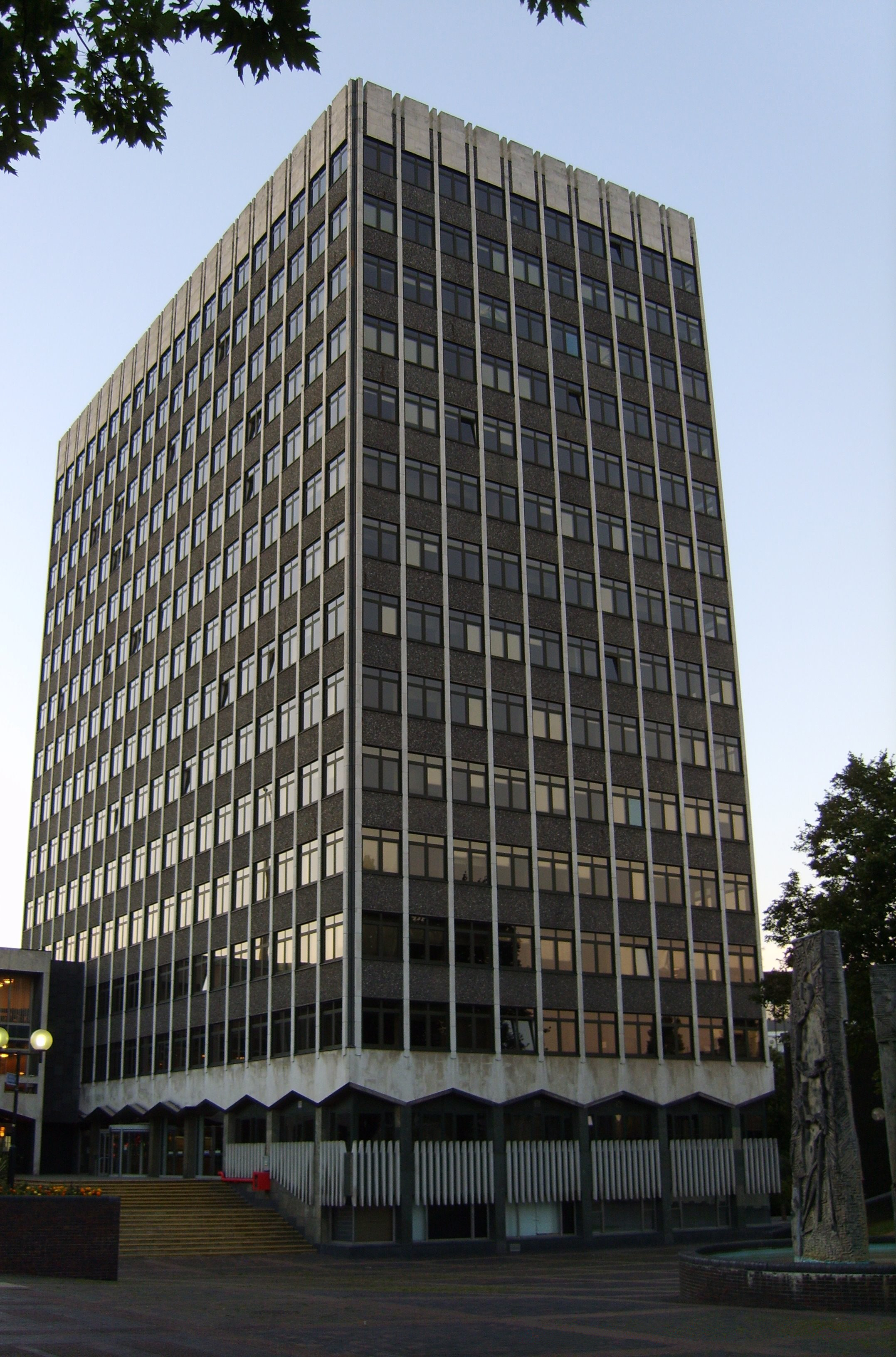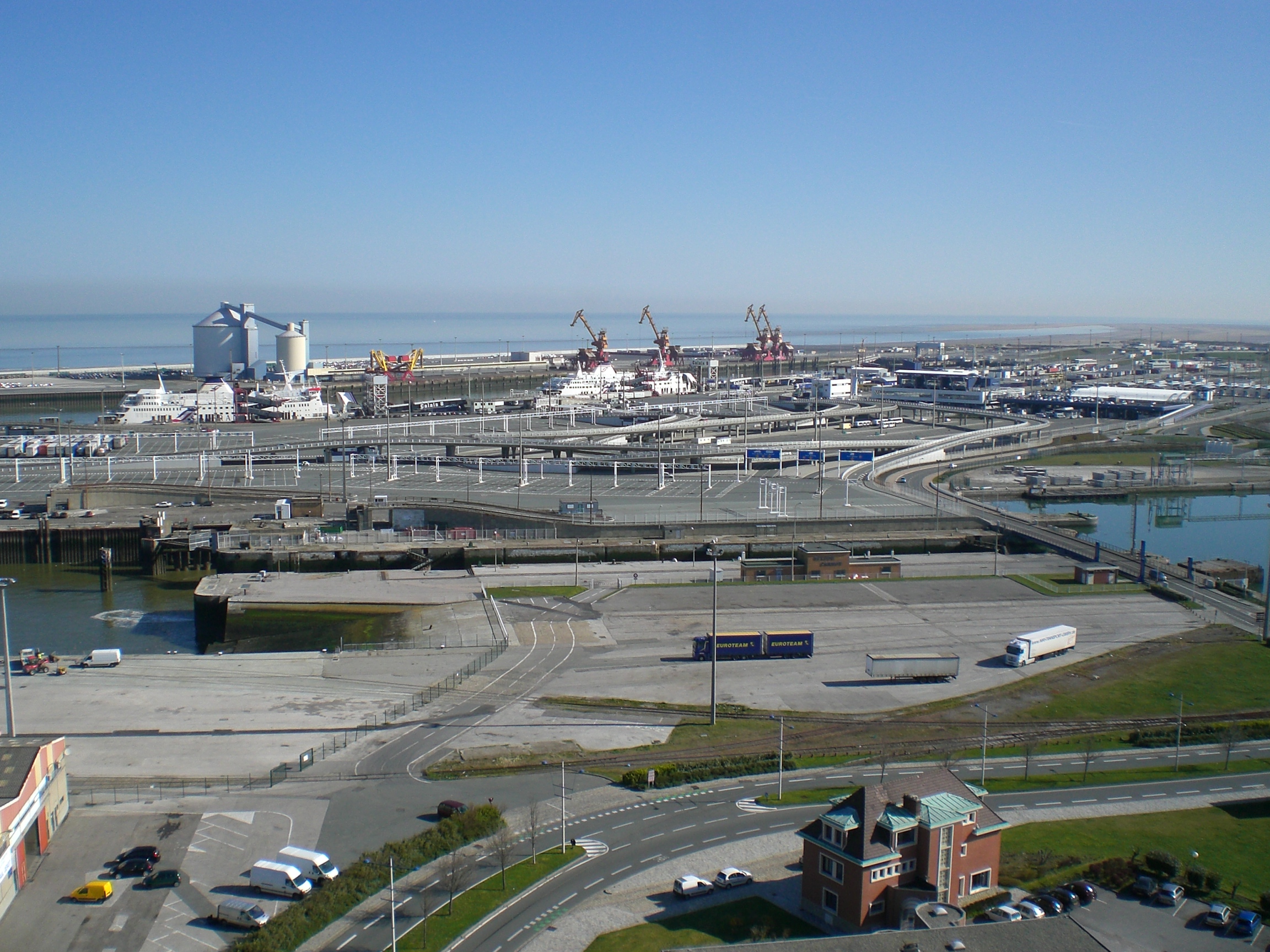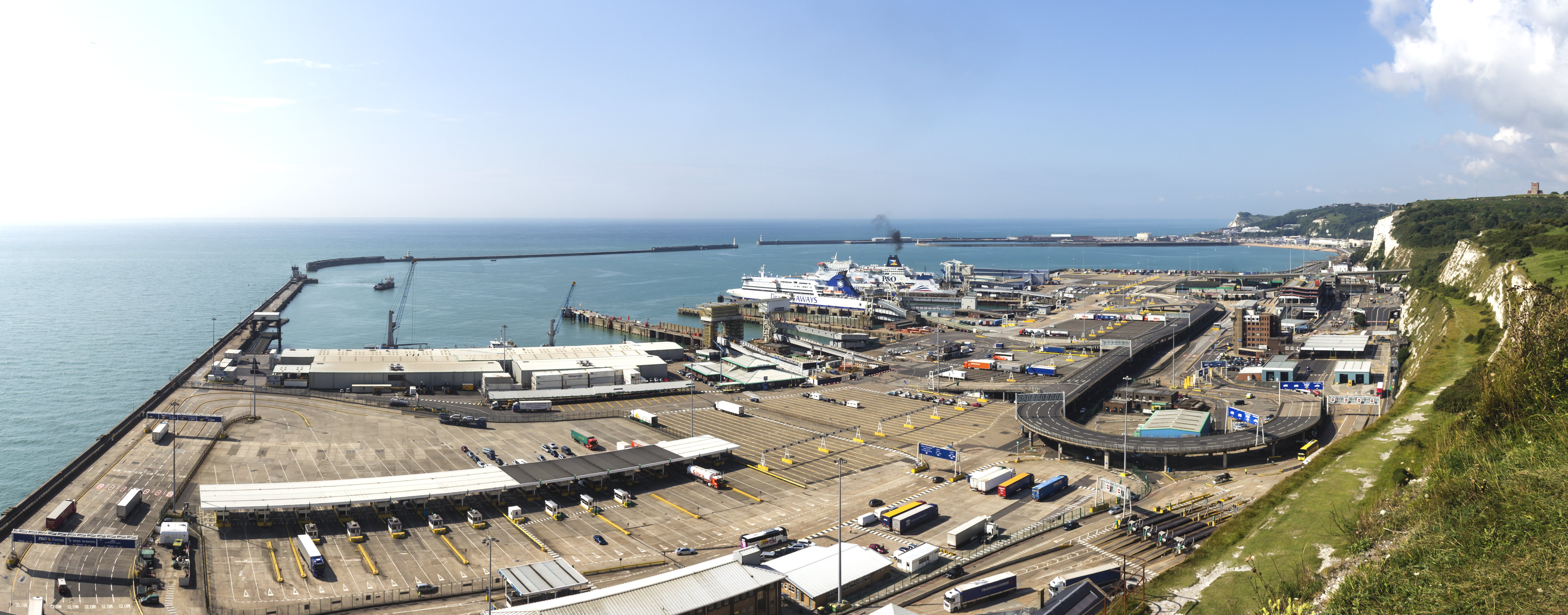|
HMS Melton
HMS ''Melton'' was a of the Royal Navy. The Racecourse class comprised 32 paddlewheel coastal minesweeping sloops. She returned to active service in World War II as HMS ''Queen of Thanet'' (J30). History Great War Built by William Hamilton & Company in Port Glasgow, Scotland, ''Melton'' was launched in March 1916 with the pennant number 898. As built she was equipped to operate two seaplanes but never did so. For the rest of World War I she served with the Auxiliary Patrol. Post-war she was transferred to the Mine Clearance Service. Between the wars ''Melton'' was sold to Hughes Bolckow in 1927. She was bought by The New Medway Steam Packet Company in 1929 and converted for excursion work on the River Medway and River Thames. She was renamed ''Queen of Thanet''. For the next twelve years she could be found working from Sheerness and Southend. Regular excursions took her to Gravesend, Margate, Clacton and Dover as well as across the English Channel to Calais, Boulogne and Du ... [...More Info...] [...Related Items...] OR: [Wikipedia] [Google] [Baidu] |
William Hamilton & Company
William Hamilton and Company was a British shipyard in Port Glasgow, Scotland. The company was bought by Lithgow Ltd., which later became Scott Lithgow and was nationalised as part of British Shipbuilders in 1977. During the Second World War the company built several vessels for the Royal Navy, including s. Hamiltons built the ''Pacific Star'' for the Booth Steamship Company Ltd, which was leased to the Blue Star Line as Blue Star's only tanker. Some of the merchant ships that Hamiltons built in the Second World War were armed as CAM ships, including and . Ships built by William Hamilton Co Ltd , - , , , 1877 , , Sank after collision 1887 , - , , , 1899 , , Sank 1909 , - , , , 1946 , , Sank after catching fire, 1969 , - , , , 1960 , , Stricken 1993 , - , , , 1891 , , Sank 1918 , - , , , 1916 , , deleted 1940 , - , , , 1959 , , Scrapped 1986 , - , , , 1898 , , Sunk by torpedo 1917 , - , , , 1911 , , Sunk by torpedo 1917 , - , ''Antares'' , , ... [...More Info...] [...Related Items...] OR: [Wikipedia] [Google] [Baidu] |
Southend
Southend-on-Sea (), commonly referred to as Southend (), is a coastal city and unitary authority area with borough status in southeastern Essex, England. It lies on the north side of the Thames Estuary, east of central London. It is bordered to the north by Rochford and to the west by Castle Point. It is home to the longest pleasure pier in the world, Southend Pier. London Southend Airport is located north of the city centre. Southend-on-Sea originally consisted of a few poor fishermen's huts and farms at the southern end of the village of Prittlewell. In the 1790s, the first buildings around what was to become the High Street of Southend were completed. In the 19th century, Southend's status of a seaside resort grew after a visit from Princess Caroline of Brunswick, and Southend Pier was constructed. From the 1960s onwards, the city declined as a holiday destination. Southend redeveloped itself as the home of the Access credit card, due to its having one of the UK's first ... [...More Info...] [...Related Items...] OR: [Wikipedia] [Google] [Baidu] |
Gravelines
Gravelines (, ; ; ) is a commune in the Nord department in Northern France. It lies at the mouth of the river Aa southwest of Dunkirk. It was formed in the 12th century around the mouth of a canal built to connect Saint-Omer with the sea. As it was on the western borders of Spanish territory in Flanders it became heavily fortified, some of which remains. There is a market in the town square (Place Charles Valentin) on Fridays. The "Arsenal" approached from the town square is home to an extensive and carefully displayed art collection. There are modern bronze statues in the grounds. The town is also home to French basketball club BCM Gravelines. The Gravelines Belfry is one of 56 belfries of Belgium and France that is inscribed on the UNESCO World Heritage List in recognition of its architecture and importance in the history of municipal power in the region. History In the early 12th century, Saint-Omer was an important port in western Flanders. Silting gradually cut it ... [...More Info...] [...Related Items...] OR: [Wikipedia] [Google] [Baidu] |
London & North Eastern Railway
The London and North Eastern Railway (LNER) was the second largest (after LMS) of the "Big Four" railway companies created by the Railways Act 1921 in Britain. It operated from 1 January 1923 until nationalisation on 1 January 1948. At that time, it was divided into the new British Railways' Eastern Region, North Eastern Region, and partially the Scottish Region. History The company was the second largest created by the Railways Act 1921. The principal constituents of the LNER were: * Great Eastern Railway * Great Central Railway * Great Northern Railway * Great North of Scotland Railway * Hull and Barnsley Railway * North British Railway * North Eastern Railway The total route mileage was . The North Eastern Railway had the largest route mileage of , whilst the Hull and Barnsley Railway was . It covered the area north and east of London. It included the East Coast Main Line from London to Edinburgh via York and Newcastle upon Tyne and the routes from Edinburgh to Ab ... [...More Info...] [...Related Items...] OR: [Wikipedia] [Google] [Baidu] |
Dunkirk Evacuation
The Dunkirk evacuation, codenamed Operation Dynamo and also known as the Miracle of Dunkirk, or just Dunkirk, was the evacuation of more than 338,000 Allied soldiers during the Second World War from the beaches and harbour of Dunkirk, in the north of France, between 26 May and 4 June 1940. The operation commenced after large numbers of Belgian, British, and French troops were cut off and surrounded by German troops during the six-week Battle of France. In a speech to the House of Commons, British Prime Minister Winston Churchill called this "a colossal military disaster", saying "the whole root and core and brain of the British Army" had been stranded at Dunkirk and seemed about to perish or be captured. In his " We shall fight on the beaches" speech on 4 June, he hailed their rescue as a "miracle of deliverance". After Germany invaded Poland in September 1939, France and the British Empire declared war on Germany and imposed an economic blockade. The British Expediti ... [...More Info...] [...Related Items...] OR: [Wikipedia] [Google] [Baidu] |
Ian Allan Publishing
Ian Allan Publishing was an English publisher, established in 1942, which specialised in transport books. It was founded by Ian Allan (publisher), Ian Allan. In 1942 Ian Allan, then working in the public relations department for the Southern Railway (England), Southern Railway at London Waterloo railway station, Waterloo station, decided he could deal with many of the requests he received about rolling stock by collecting the information into a book. The result was his first book, ''ABC of Southern Locomotives''. This proved to be a success, contributing to the emergence of Railfan#Trainspotting, trainspotting as a popular hobby in the UK, and leading to the formation of the company.Ian Allan…the man who launched a million locospotters ''The Railway Magazine'' issue 1174 February 1999 pages 20-27 The company grew from a small producer of books for Railfan, train enthusiasts and spotters to a large transport publisher. Each year it published books covering subjects such as Mil ... [...More Info...] [...Related Items...] OR: [Wikipedia] [Google] [Baidu] |
Shepperton
Shepperton is an urban village in the Borough of Spelthorne, Surrey, approximately south west of central London. Shepperton is equidistant between the towns of Chertsey and Sunbury-on-Thames. The village is mentioned in a document of 959 AD and in the Domesday Book. In the early 19th century, resident writers and poets included Rider Haggard, Thomas Love Peacock, George Meredith and Percy Bysshe Shelley, who were attracted by the proximity of the River Thames. The river was painted at Walton Bridge in 1754 by Canaletto and in 1805 by J. M. W. Turner, Turner. Shepperton Lock and nearby Sunbury Lock were built in the 1810s to facilitate river navigation. Urbanisation began in the latter part of the 19th century, with the construction in 1864 of the Shepperton Branch Line, which was sponsored by William Schaw Lindsay, the owner of Shepperton Manor. Its population rose from 1,810 residents in the early 20th century to a little short of 10,000 in 2011. Lindsay had hoped to extend ... [...More Info...] [...Related Items...] OR: [Wikipedia] [Google] [Baidu] |
Dunkirk
Dunkirk (french: Dunkerque ; vls, label= French Flemish, Duunkerke; nl, Duinkerke(n) ; , ;) is a commune in the department of Nord in northern France.Commune de Dunkerque (59183) INSEE It lies from the Belgian border. It has the third-largest French harbour. The population of the commune in 2019 was 86,279. Etymology and language use The name of Dunkirk derives from West Flemish '' or ' dun' and 'church', thus 'church in the dune ...[...More Info...] [...Related Items...] OR: [Wikipedia] [Google] [Baidu] |
Boulogne
Boulogne-sur-Mer (; pcd, Boulonne-su-Mér; nl, Bonen; la, Gesoriacum or ''Bononia''), often called just Boulogne (, ), is a coastal city in Northern France. It is a sub-prefecture of the department of Pas-de-Calais. Boulogne lies on the Côte d'Opale, a touristic stretch of French coast on the English Channel between Calais and Normandy, and the most visited location in the region after the Lille conurbation. Boulogne is its department's second-largest city after Calais, and the 183rd-largest in France.Téléchargement du fichier d'ensemble des populations légales en 2017 ... [...More Info...] [...Related Items...] OR: [Wikipedia] [Google] [Baidu] |
Port Of Calais
The Port of Calais in northern France is the fourth largest port in France and the largest for passenger traffic. It accounts for more than a third of economic activity in the town of Calais. Background The Port of Calais was the first cable ship port in Europe and is the fourth largest port in France and the largest for passenger traffic. After the Treaty of Le Touquet was signed by France and the UK on 4 February 2003, juxtaposed controls were established in the port. Passengers travelling from the port to Dover, UK go through French exit checks (conducted by the French Border Police and French Customs) as well as UK immigration entry checks (by the UK Border Force) before embarkation. UK Border Force officers have the power to arrest and detain individuals in the immigration control zone in the port. Customs checks remain unaffected by the Treaty. Therefore, on arrival in Dover, travellers might still be stopped by UK Border Force customs officers for a customs inspection. ... [...More Info...] [...Related Items...] OR: [Wikipedia] [Google] [Baidu] |
English Channel
The English Channel, "The Sleeve"; nrf, la Maunche, "The Sleeve" ( Cotentinais) or (Jèrriais), ( Guernésiais), "The Channel"; br, Mor Breizh, "Sea of Brittany"; cy, Môr Udd, "Lord's Sea"; kw, Mor Bretannek, "British Sea"; nl, Het Kanaal, "The Channel"; german: Ärmelkanal, "Sleeve Channel" (French: ''la Manche;'' also called the British Channel or simply the Channel) is an arm of the Atlantic Ocean that separates Southern England from northern France. It links to the southern part of the North Sea by the Strait of Dover at its northeastern end. It is the busiest shipping area in the world. It is about long and varies in width from at its widest to at its narrowest in the Strait of Dover."English Channel". ''The Columbia Encyclopedia'', 2004. It is the smallest of the shallow seas around the continental shelf of Europe, covering an area of some . The Channel was a key factor in Britain becoming a naval superpower and has been utilised by Britain as a natural d ... [...More Info...] [...Related Items...] OR: [Wikipedia] [Google] [Baidu] |
Port Of Dover
The Port of Dover is a cross-channel ferry, cruise terminal, maritime cargo and marina facility situated in Dover, Kent, south-east England. It is the nearest English port to France, at just away, and is one of the world's busiest maritime passenger ports, with 11.7 million passengers, 2.6 million lorries, 2.2 million cars and motorcycles and 80,000 coaches passing through it in 2017, and with an annual turnover of £58.5 million a year. This contrasts with the nearby Channel Tunnel, the only fixed link between the island of Great Britain and the European mainland, which now handles an estimated 20 million passengers and 1.6 million trucks per year. The modern port facility features a large artificial harbour constructed behind stone piers and a defensive concrete breakwater. The port is divided into two main sections: the Eastern Docks serve as the main cross-channel ferry terminal, while the Western Docks contain a cruise ship terminal and a yacht marina along with cargo fac ... [...More Info...] [...Related Items...] OR: [Wikipedia] [Google] [Baidu] |

.jpg)






